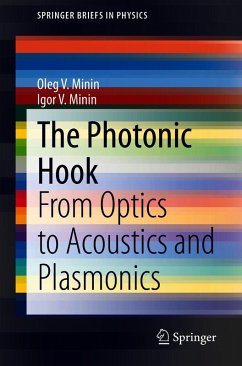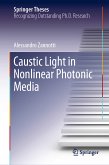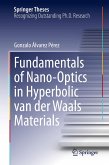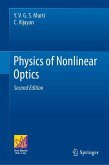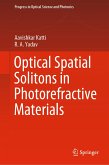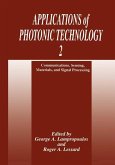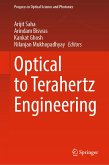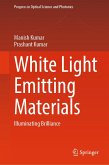This book describes the recently-discovered artificially curved light beam known as the photonic hook. Self-bending of light, a long-time goal of optical scientists, was realized in 2007 with the Airy beam, followed by the first demonstration of the photonic hook by the authors of this book and their collaborators in 2015 and experimentally in 2019. The photonic hook has curvature less than the wavelength, along with other unique features described in this book that are not shared by Airy-like beams, and so deepens our understanding of light propagation. This book discusses the general principles of artificial near-field structured curved light and the full-wave simulations of the photonic hook along with their experimental confirmation. The book goes on to show how the photonic hook has implications for acoustic and surface plasmon waves and as well as applications in nanoparticle manipulation.
Dieser Download kann aus rechtlichen Gründen nur mit Rechnungsadresse in A, B, BG, CY, CZ, D, DK, EW, E, FIN, F, GR, HR, H, IRL, I, LT, L, LR, M, NL, PL, P, R, S, SLO, SK ausgeliefert werden.

